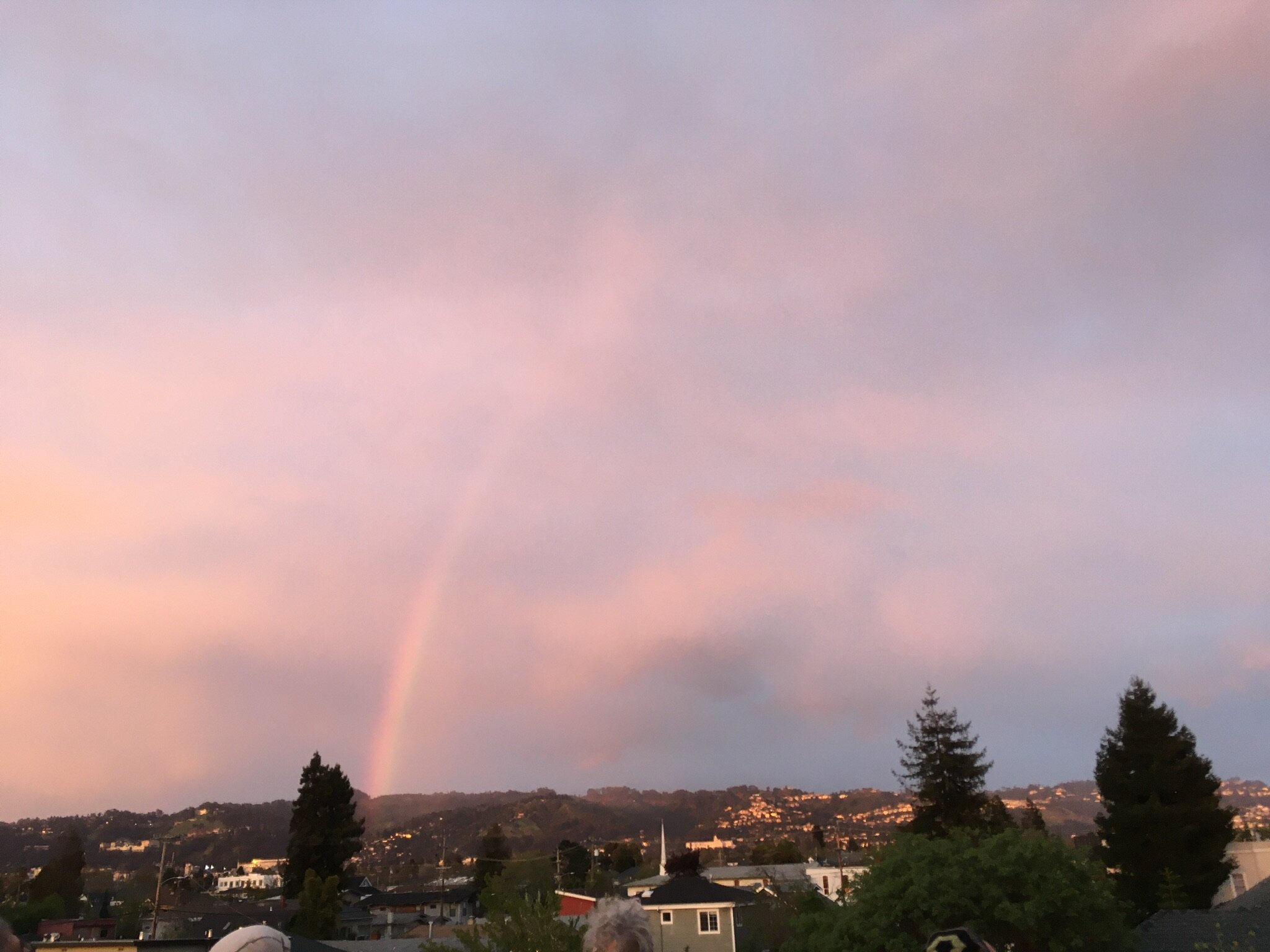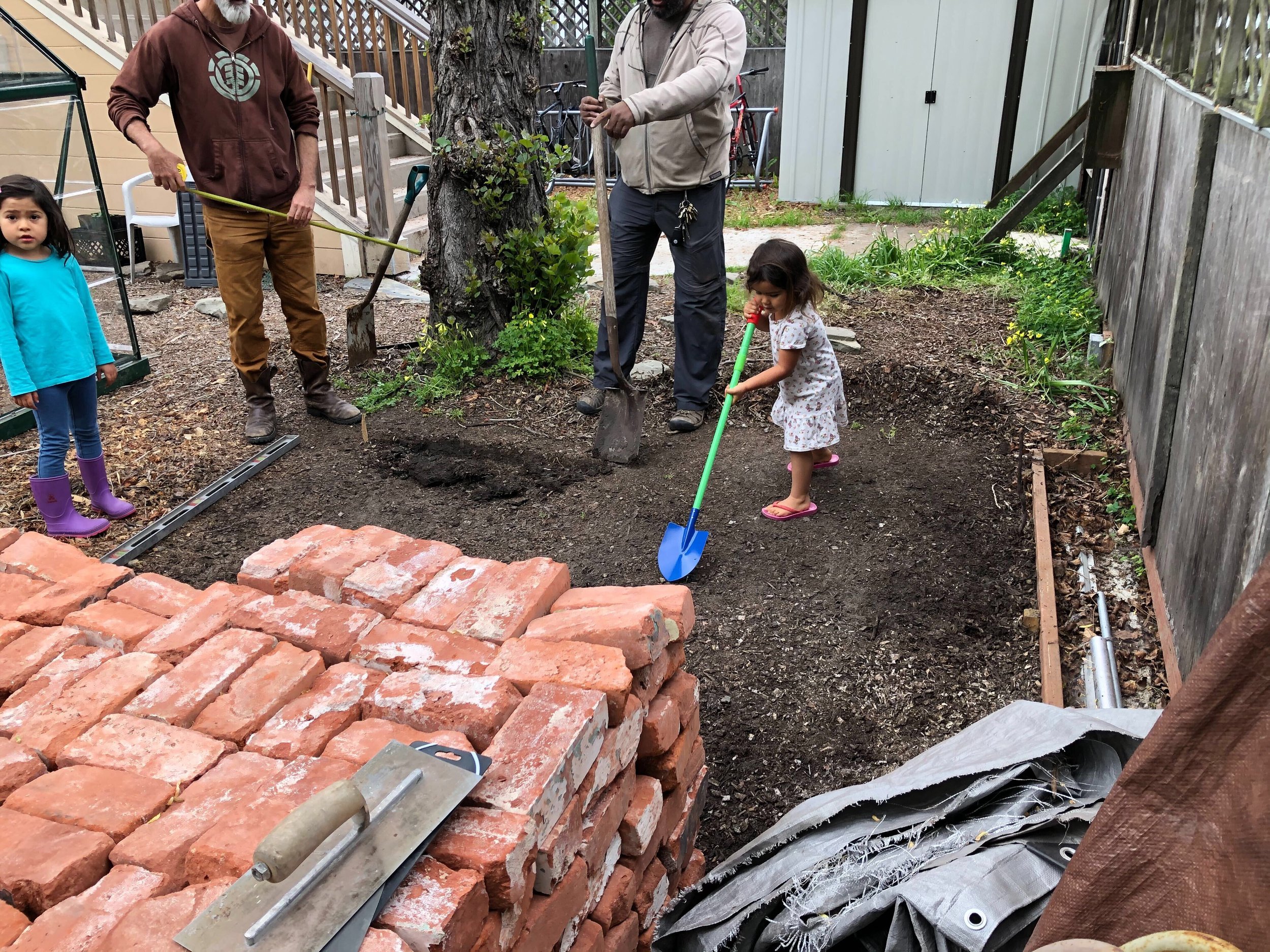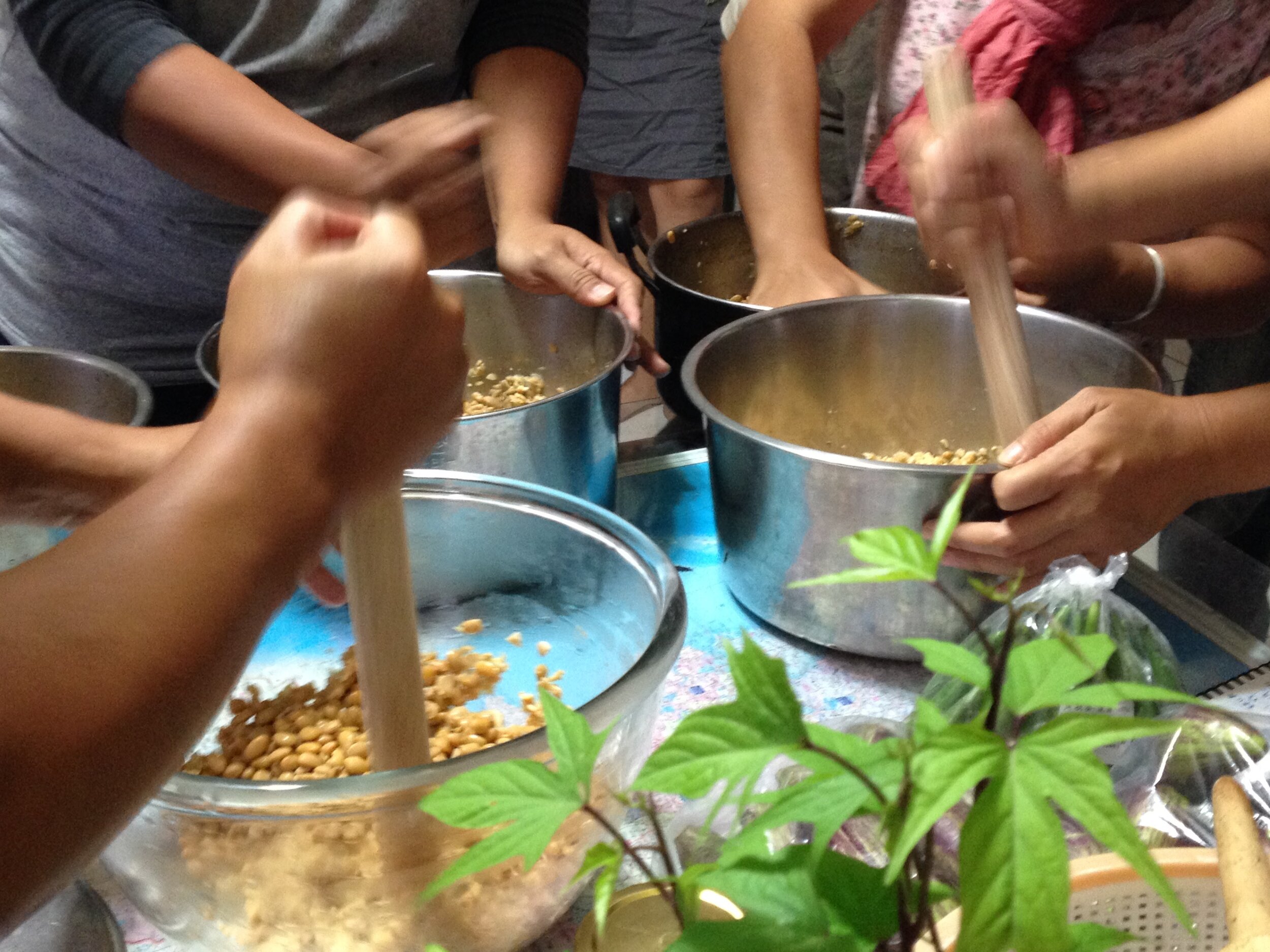
Popularizing a systems approach to culture will take a while. I’ve begun to sketch out a roadmap knowing it may take lifetimes to explore, create, and ground-truth at any scale.

tea ceremony
One of the more commonly known examples of an art system, at least among people with a passing familiarity with Asian culture, is the Japanese tea ceremony. Many cultures around the world have formally ritualized the serving and sipping of hot herbally infused beverages. The Japanese example, known as chanoyo or sado - “the way of the tea”, is inspiring for its complexity and continuity of practice.
The “way of the tea” can involve an astounding mix of elements including ceramics, fashion, performance, tea preparation, etiquete, seasonal desert and snack pairings, flower arranging, architecture, painting, poetry, landscaping, politics, historical allusions and Zen spirituality…

whistle while you work
This post was fun to assemble. I hope these examples inspire anyone looking for ways hard work can actually be fun. A difficult task is so much easier with cultural support! These elements can be part of our art systems, part of our lives. As I witness these examples, I wonder what else is still out there, and what needs to be in place for these practices to survive modernity? Where else in life are they experiencing work music, rhythm, and integrated beauty to create enough soil for these manifestations to bloom? This does not happen in isolation. Food preparation, dancing, fashion, spirituality, festivals and even architecture are shaped by all of this…

the long entangle
El Bulli chef, Ferran Adrià, once said that cooking is the most conservative form of art. That’s why he developed the field of molecular gastronomy, to fight that tendency to stick to the familiar. His are not the sort of meals you can likely prepare at home, though, unless you have a hyperbolic chamber or chemistry lab handy. Cooking maintains the stubborn potential to be the most deeply grounded in nature, place, and the rhythms of the Earth of any cultural practice, if only because of its ubiquity. We eat “nature” daily. Aside from breathing, it’s likely the most intimate way our bodies interface with the world around us to the point of inviting gastronomically curated bowls-full of other life forms, liquids and minerals, directly into our bodies, transforming them through friction, chemical processes, earth, air, water, fire, into us…